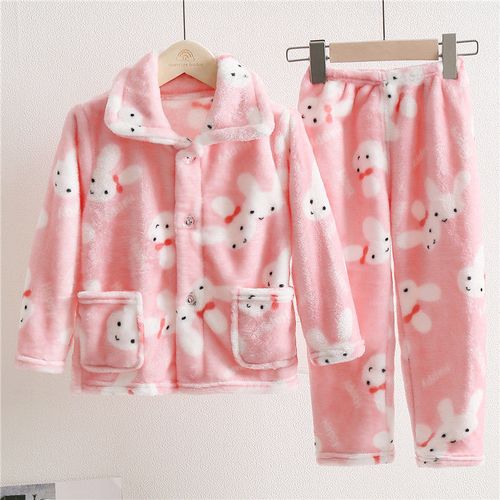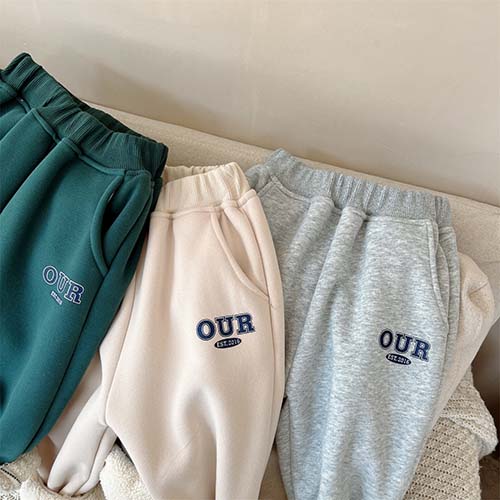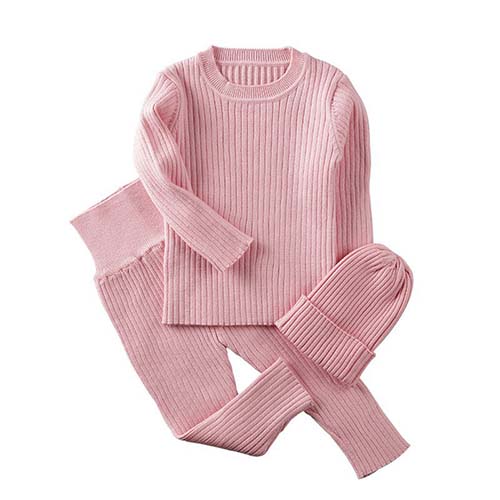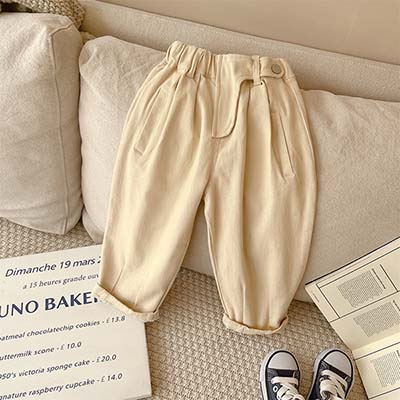According to the features of children’s skin and body, harmless raw materials like pure cotton, velvet cotton, wool, and fur suit children’s clothing fabrics. The fabric and style requirements of children’s clothing are stricter than those of adults. Fabrics and accessories are increasingly emphasizing natural and environmental protection.
Regardless of girls’ or boys’ clothing, there are certain particularities in the choice of fabrics. Especially in terms of comfort, softness, lightness, tear resistance, washability, etc., the requirements are very high. Especially children’s clothing has recently developed towards leisure. They need more sweat-absorbent, breathable, and soft fabrics that are less irritating.
Cotton, natural hemp, silk, and pure wool
Cotton clothing is beneficial to children’s physical and mental health due to its advantages of comfort and sweat absorption. Therefore, it has become the main fabric of children’s clothing. Secondly, natural materials such as hemp, silk, and pure wool are also good materials for making children’s clothing.
First of all, children’s skin is more sensitive and delicate. Therefore, the fabrics of children’s clothing must be softer and more eco-friendly.
Secondly, children are more lively and active, so they sweat more. Therefore, the water absorption of children’s clothing fabrics is better.
Therefore, the fabrics for children’s clothing can choose the following fabrics:
Cotton or cotton ammonia
If it is children’s pajamas or T-shirts (clothes worn next to the body), they are usually made of cotton or cotton ammonia. Single jersey, rib, and cotton wool are the most common.
The fabric is soft, sweat-absorbent, and won’t cause skin allergies in children.
Cotton, TC, CVC, rayon, terry cloth
If it is used for outerwear, it is usually made of cotton, TC, CVC, and rayon. Knitting fabrics: terry cloth (divided into large and small terry, French terry, etc.), velvet.
This kind of fabric has good fastness and good warmth retention. Because it is mainly made of cotton, it is suitable for children to wear.

Good insulation fabric
Choose clothes with good heat retention. Wool is the best, cotton next, and silk last.
The fabric is porous and can store more air. Therefore, thick and loose fabrics have good heat retention.
At the same time, the color of the fabric is also related to thermal insulation. Dark fabrics have little reflective power and great heat absorption. Light-colored fabrics have high reflective power and low heat absorption.
Therefore, it is advisable to choose loose, thick, and dark wool and cotton clothes in winter. In summer, choose thin, thin, and light-colored linen, silk, and thin cotton clothes.

Fabric with good moisture absorption
The hygroscopicity of clothing fabrics is determined by the fiber properties of the fabrics.
Generally, wool and cotton fibers have good hygroscopicity and can be dissipated quickly. This keeps the fabric dry and facilitates cleansing of the skin.
The weave of the fabric is also related to moisture absorption. Knits are more absorbent than plain weaves.
Therefore, children should wear plush knitted clothes. Because these kinds of clothes are soft and warm, breathable and hygroscopic.
But don’t use coarse wool, so as not to irritate the skin.
Cotton fabrics are suitable for children’s underwear. Man-made fibers have poor hygroscopicity and are not suitable for underwear.

Children’s clothing fabrics index
Cotton knitted fabrics are the most suitable for children. Although those animal hairs are more expensive than cotton, they are not good for children’s clothing. Because children’s respiratory tract is more sensitive, animal hair is easy to irritate the respiratory tract.
Children’s fabrics are comfortable to the touch. Therefore, strict requirements are imposed on environmental protection and safety. We also added some functional indicators, such as moisture wicking and so on. In addition, we had add saliva-resistant and flame-retardant indicators to infant and young children’s clothing. According to GB-18401-2010 safety and quality indicators, the minimum requirement for ordinary children’s clothing reaches Class B. The minimum requirements for infants and toddlers must reach Category A.
The fabric products that are often used in adult clothing after bronzing, silver stamping, flocking and other processes are not suitable for use in children’s clothing. And the fabric products of fluorescent colors are not suitable for application in infant products.






